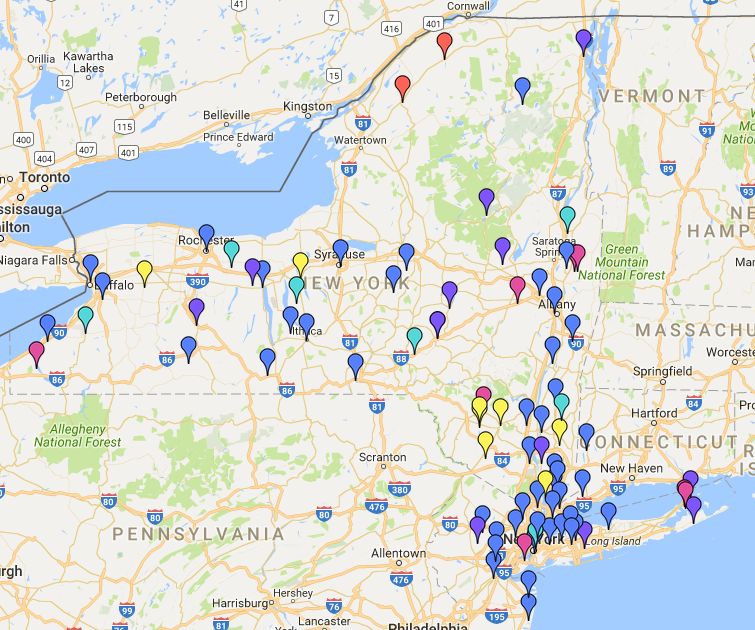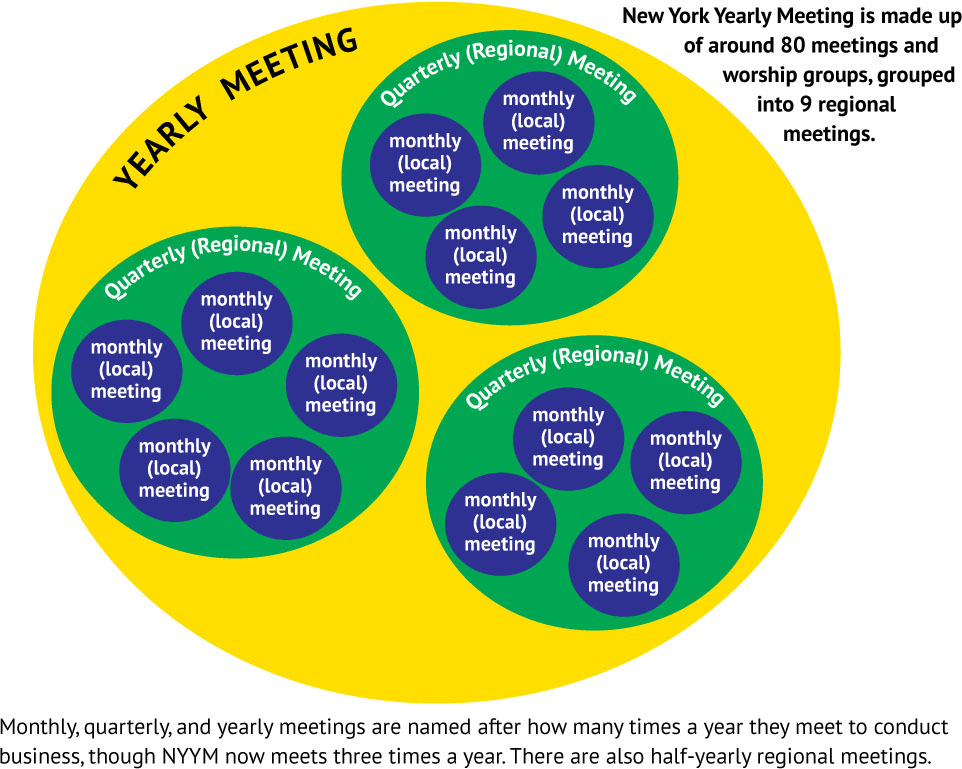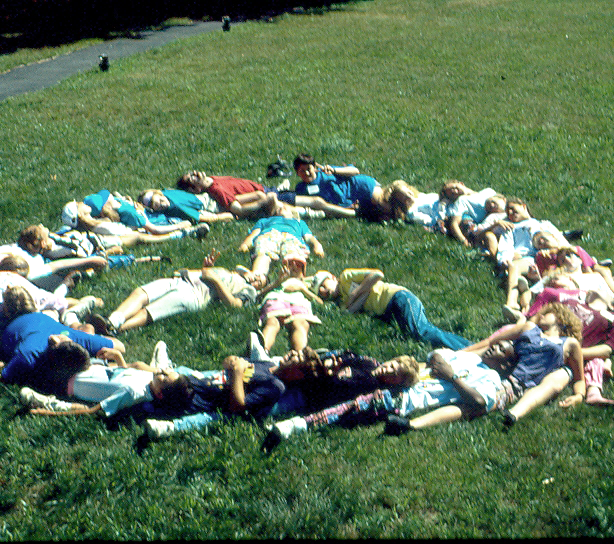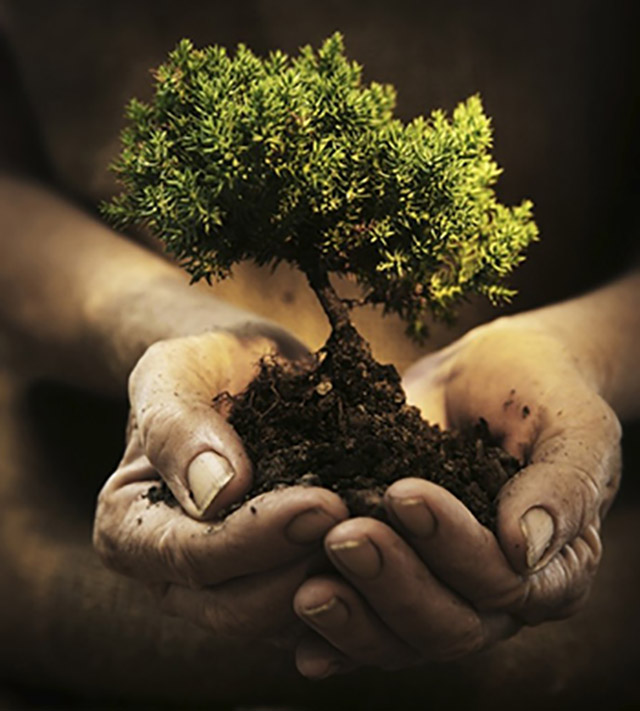Vibrant Possibilities
by Mahayana Landowne
Brooklyn Meeting
In 2020, I noticed that I have been deeply ingrained with the idea that there is good and bad theater, but that I was not conscious of whose eyes were defining “good.” My “good” is based on some incredible work— the western canon has some cool stuff—but there are also incredibly rich traditions and fresh voices that I may not know how to appreciate based on my life experience.
I see art as a way of communicating across differences, a place where everyone has the ability to interpret the art/world as they choose. Like Quakerism, we all discover meaning for ourselves.
I didn’t know or see how culture is also set up to suppress. Art can be used as a weapon. The very act of valuing one work above another means that not everything is valued equally.
For me this sets up an internal sense of never being good enough, smart enough, or experienced enough to be able to express anything that anyone would ever understand. The object or event that was created for a heartfelt reason by an artist is placed into an elite hierarchy that thrives on judgment.
It doesn’t have to be this way. Artistic expression can be shared, encouraged, opened up, reinterpreted, and stretched. We can invite others in and invite them to participate in whatever way they feel comfortable.
We can be aware that centuries of complicated history can be revealed with patience and grace. We can expand ourselves and our vision of what it is to be inclusive.
I can define “good” as what I like or prefer based on my experience and cultural identity, but stay open to and interested in your perspective and what you like. We have the ability to begin to expand and invite richer and more vibrant possibilities into our lives.
What part of “not liking” is part of our lack of understanding or connection? What part is based on values we have internalized that we may not even realize we have? Yes, the questions are endless, but that’s all right!
As an artist, I have also noticed that many people have been taught to fear creativity. It is a radical act to imagine other possibilities and be able to share them.
I’m imagining and longing to help create a world where everyone feels empowered and valued. Where everyone can engage creatively and judgments are lifted. The room becomes a more exciting room to be in when everyone in it understands that their voice and vision matter.
We can notice where hierarchy is embedded in our systems and shift it. I believe art can change this way and so can our Quaker practice. Why not?





